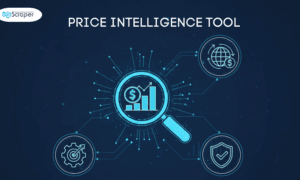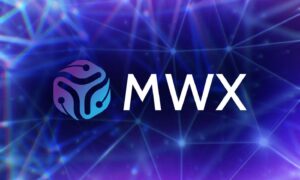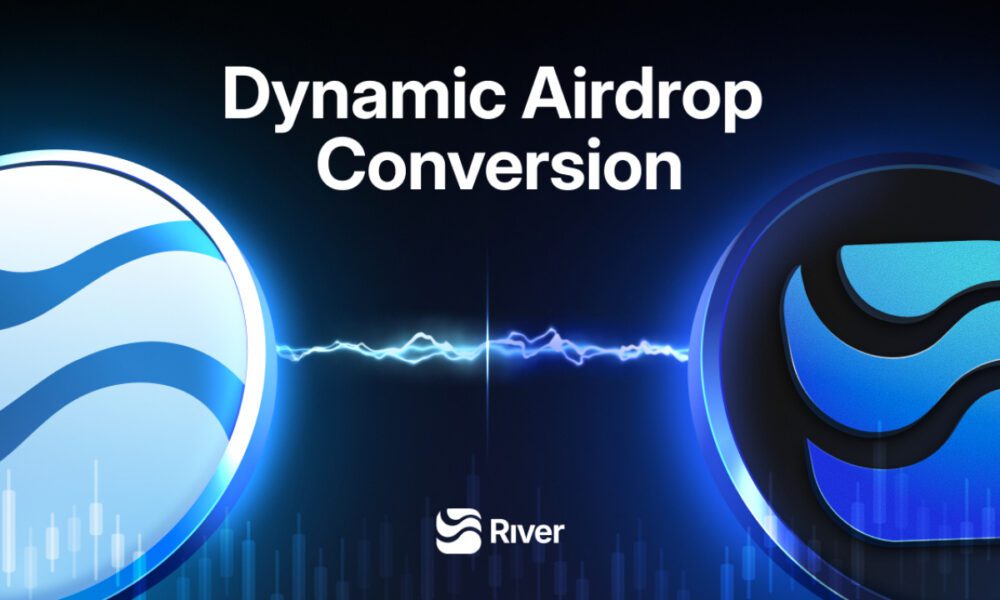In 2025, collaboration and automation go hand in hand. Modern enterprises depend on connected workflows that unite teams, eliminate silos, and accelerate performance. With remote and hybrid work now the norm, workflow automation platforms have become the backbone of efficiency orchestrating everything from data transfers to team approvals.
AI and no-code design are transforming how businesses build processes. Instead of relying on developers, teams can now automate tasks, synchronize data, and communicate in real time all within a unified digital environment.
Here are the 8 best workflow automation platforms in 2025 empowering teams to collaborate smarter, automate faster, and scale seamlessly. You can explore more detailed insights in our full guide on best workflow automation tools.
1. Appy Pie Automate
Appy Pie Automate continues to dominate the workflow automation space in 2025, thanks to its ease of use, smart AI engine, and cross-functional team features.
With integrations across 600+ business apps including Slack, Microsoft Teams, Asana, Gmail, and HubSpot Appy Pie Automate lets teams collaborate more efficiently. Users can automate notifications, sync data between tools, and even trigger complex multi-step workflows without writing code.
Its AI assistant predicts your automation needs and recommends templates tailored to your use cases. Plus, the platform’s collaboration features allow multiple users to design and manage workflows together ideal for large teams or departments.
Key Features:
- 600+ integrations across CRM, communication, and project tools
- Drag-and-drop builder for multi-step automations
- AI-based workflow recommendations
- Real-time collaboration and data sharing
Best For: Teams and organizations that want affordable, intelligent automation with real-time collaboration.
2. Microsoft Power Automate
Microsoft Power Automate remains a top enterprise choice for team collaboration and AI-based automation. It connects seamlessly with Microsoft 365, Dynamics, and Azure tools allowing users to automate processes across Outlook, Teams, and SharePoint.
With AI Builder, teams can automate document processing, extract insights from data, and streamline approval workflows. Its RPA (Robotic Process Automation) feature automates desktop tasks, combining digital and human work into one seamless system.
Microsoft Power Automate also supports shared environments and version control, ensuring team workflows stay consistent and compliant.
Key Features:
- Integration with Microsoft 365, Teams, and SharePoint
- AI Builder for document and data automation
- RPA for desktop processes
- Team collaboration and version history
Best For: Large organizations using Microsoft tools for enterprise-grade workflow automation and collaboration.
3. Workato
Workato takes collaboration automation to an enterprise level. It’s designed for IT and business teams to work together without coding. Its AI-powered Workbot lets employees trigger workflows directly from chat platforms like Slack or Teams, allowing seamless communication and execution.
With thousands of prebuilt “recipes,” Workato simplifies cross-department automation. Finance teams can sync invoices, HR can automate onboarding, and marketing can integrate CRM campaigns all in one connected system.
Workato’s governance controls and analytics make it a secure and scalable choice for global enterprises.
Key Features:
- AI-powered Workbot for chat-based collaboration
- 1,000+ prebuilt automation recipes
- Enterprise security and data compliance
- Cross-department collaboration tools
Best For: Mid-to-large enterprises automating workflows across multiple departments and teams.
4. Zapier
Zapier is a collaboration powerhouse for teams relying on a wide range of SaaS tools. Its integration library spans more than 6,000 apps, connecting everything from CRMs to communication platforms.
The 2025 update includes a Team Workspaces feature, allowing multiple users to co-build and manage workflows securely. Its AI Workflow Builder also generates Zaps automatically when users describe their needs in natural language.
Zapier’s combination of ease, reliability, and depth makes it ideal for teams managing multi-tool ecosystems.
Key Features:
- 6,000+ app integrations
- AI Workflow Builder with natural language setup
- Team Workspaces and shared automation management
- Advanced task history and error handling
Best For: Remote or hybrid teams needing fast, scalable automation across different tools.
5. Make
Make delivers visual collaboration for teams that prefer transparency and control. Its drag-and-drop interface maps out every automation step, showing how data moves across systems.
Teams can co-create workflows, add logic branches, and debug in real time. The platform supports both simple and complex automations, allowing managers and developers to collaborate effectively.
Make’s 2025 enhancements include role-based permissions, version tracking, and built-in commenting perfect for teamwork at scale.
Key Features:
- Visual workflow builder with real-time debugging
- Role-based collaboration and commenting
- API and webhook integration
- Conditional logic for advanced workflows
Best For: Teams that value transparency, teamwork, and precision in their automation setup.
6. Integrately
Integrately’s one-click automation makes collaboration simple for small and mid-sized teams. It offers thousands of ready-to-use templates that connect popular tools like Slack, Gmail, and Zoho CRM.
Unlike more technical platforms, Integrately focuses on guided automation teams can launch workflows instantly and customize them using a step-by-step builder. Shared dashboards help users manage workflows collectively and track task performance.
Key Features:
- One-click automation templates for teams
- Guided workflow customization
- Shared dashboards and team access
- Affordable pricing
Best For: SMBs and agencies that want simple team automation with minimal setup.
7. n8n
n8n brings collaboration and customization together with its open-source, self-hosted design. Teams can build and share complex automations using its node-based visual builder, complete with API connections and scripting.
In 2025, n8n introduced collaborative nodes, allowing multiple team members to edit workflows simultaneously. Organizations can host it privately, ensuring complete data control and compliance.
Key Features:
- Open-source and self-hosted flexibility
- Node-based collaborative builder
- Custom scripting and API extensions
- Full control over data and privacy
Best For: Tech-savvy teams and developers who want secure, customizable team automation.
8. IFTTT
IFTTT is a lightweight automation tool that supports both personal and team workflows. Teams can automate notifications, scheduling, and reporting with simple “If This, Then That” logic.
The platform integrates with popular collaboration tools and IoT devices, making it perfect for smaller teams or departments looking for accessible, entry-level automation. Its mobile app ensures team automations stay connected on the go.
Key Features:
- Simple conditional logic for team workflows
- Web and IoT integrations
- Prebuilt applets and templates
- Mobile automation management
Best For: Small teams and departments needing lightweight automation for daily tasks.
Conclusion
Collaboration is the cornerstone of modern business, and automation is the key that unlocks it. The best workflow automation platforms in 2025 enable teams to communicate, execute, and innovate without friction.
Appy Pie Automate leads this evolution, combining intelligence, accessibility, and teamwork in one platform. Workato, Microsoft Power Automate, and Make cater to large organizations that demand structure and scalability, while tools like Integrately and Zapier bring collaborative automation to smaller teams.
By connecting communication, data, and processes, automation transforms isolated teams into cohesive digital ecosystems. In 2025, collaboration doesn’t stop at conversation it continues automatically in every workflow, every app, and every result.
For more comparisons, pricing insights, and automation strategies, visit our detailed guide on best workflow automation tools and empower your team to automate smarter.





























